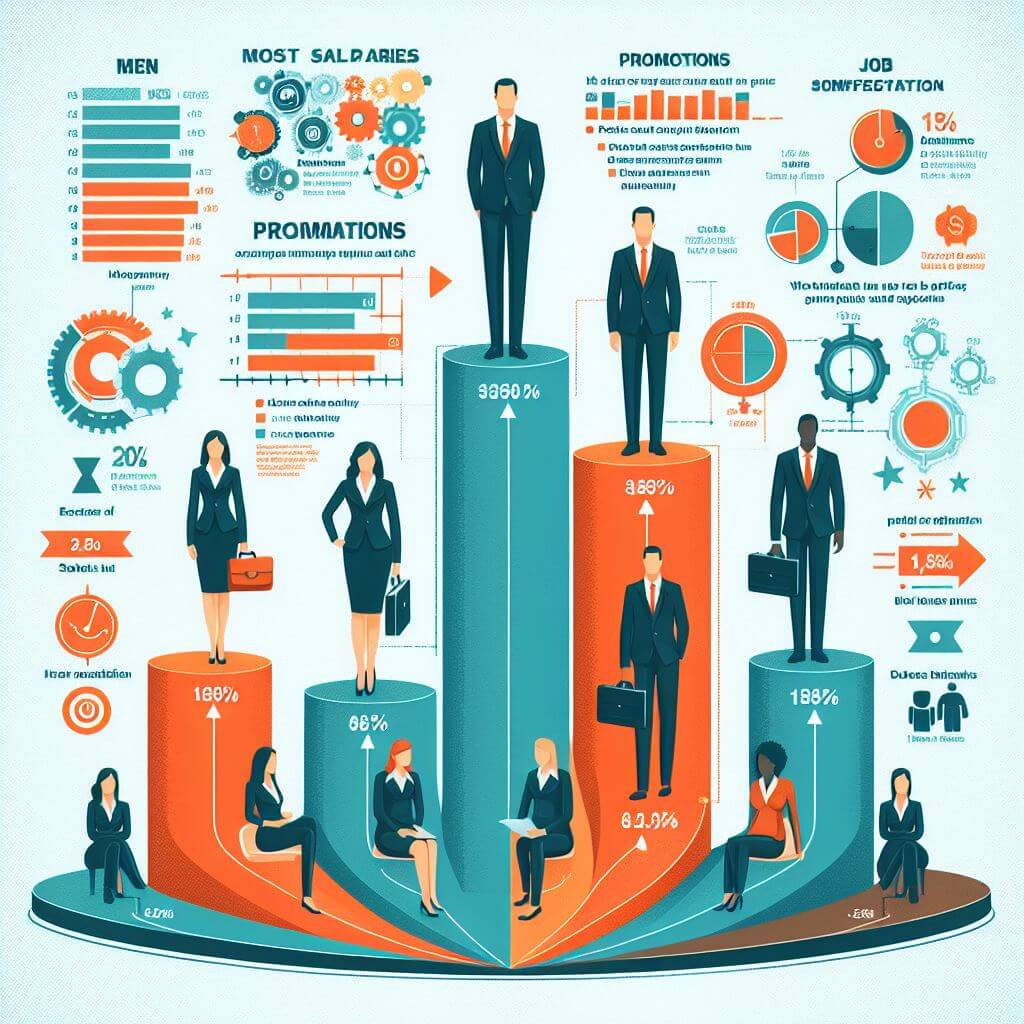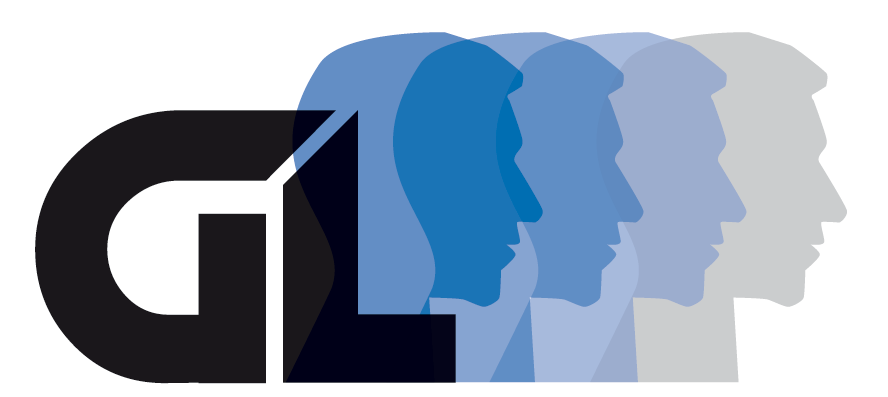The gender pay gap, the difference in average earnings between women and men in the workplace, is a persistent problem that plagues societies around the world. Despite progress in gender equality, this gap remains a stark indicator of the inequality that still exists in today’s workforce.
Understanding The Causes Of The Gender Pay Gap
Understanding the causes of the gender pay gap is like untangling a complex knot made up of different threads, each representing a different cause. The most prominent of these threads is what job or role men and women typically occupy in the workforce. Fields where the majority of workers are female, such as teaching or nursing, often pay less than male-dominated sectors such as technology or engineering. This division of labor not only reflects but reinforces the idea that certain jobs are more suitable or valuable for one gender than the other.
Another serious reason arises when women decide to start a family. This problem, known as the motherhood penalty, occurs when women experience setbacks in their careers or income after having children. This could mean you work fewer hours, get passed over for a promotion, or even be seen as less committed by your employers. By comparison, men can experience the opposite effect, sometimes getting a boost in their careers or earnings after becoming parents, a phenomenon known as the fatherhood premium.
 There is the influence of deeply held beliefs and unspoken biases that shape how we see the roles of men and women both at work and at home. These biases can manifest in many ways, such as in hiring, salary discussions or evaluations, where decisions can be made in favor of men, consciously or not. For example, women may avoid salary negotiations to avoid being treated negatively, which is less common among men.
There is the influence of deeply held beliefs and unspoken biases that shape how we see the roles of men and women both at work and at home. These biases can manifest in many ways, such as in hiring, salary discussions or evaluations, where decisions can be made in favor of men, consciously or not. For example, women may avoid salary negotiations to avoid being treated negatively, which is less common among men.
Another aspect that complicates this issue is the choice of education and field of study. Fields of study chosen by young women tend to lead to careers that are lower than those chosen by young men. This divide starts early and often reflects societal expectations and perceptions of gender roles, further feeding into the cycle that creates the gender pay gap.
Far-Reaching Consequences Of Wage Inequality
The consequences of the gender pay gap go far beyond individual women earning less than their male counterparts. This problem goes to the roots of family life and spreads throughout the economy, creating a series of consequences that affect everyone. When women earn less, it’s not just about lower wages. This affects their ability to stand on their own two feet financially, making it harder for them to leave unsafe relationships or afford additional education or training that could improve their job prospects.
For families, the implications are just as profound. Less money coming in from paychecks means it’s harder to cover basics like housing, food, and healthcare, not to mention saving for the future. Children in these families are also disadvantaged, perhaps missing out on educational opportunities or extracurricular activities that cost money. And because women often live longer than men, lower lifetime earnings mean they face a higher risk of poverty in old age.
Looking at the bigger picture, the gender pay gap also affects the economy as a whole. When a significant portion of the workforce—in this case, women—doesn’t earn as much as they could, it means they spend less on goods and services. This reduction in spending affects business and can slow economic growth. Furthermore, if women are not encouraged or allowed to pursue careers in high-paying fields, especially science and technology, this loss of talent and innovation can contribute to economic progress.
Outline Of The Path To Equality
Moving towards a future where men and women receive equal pay is no easy task, but it is certainly possible with the right steps and efforts by all involved. One of the first and easiest ways to start is to make sure that companies are transparent about how much they pay their employees. When companies share this information, it’s easier to identify pay gaps and work to close them. In some countries, such as Iceland, laws require companies to prove that they pay women and men equally for doing the same work. This is one idea that other countries might want to try.
Education and dissemination of information play a big role. Encouraging girls to immerse themselves in traditionally ‘male’ subjects and professions, such as science and technology, can gradually shift the balance. At the same time, teaching both girls and boys about negotiation skills and the value of women in leadership positions can make a big difference in how they approach work and each other when they grow up.
The government plays a significant role in creating and enforcing regulations that support equal pay and protect against discrimination. But you should not stop there. Governments can also offer more support to parents, such as longer maternity and paternity leave so that women are not penalized for starting a family and men can share more child-rearing responsibilities. This is not just justice; countries like Sweden show that these policies can lead to a more balanced and happier society overall.
Ultimately, achieving pay equity requires changes in the way we all think and act, from individual choices to the rules that govern our societies. It’s about more than just making sure everyone gets paid the same amount; it is about recognition and equal respect for the value of everyone’s work. Thanks to a combination of transparency, education, policy change, and social sentiment, the goal of closing the gender pay gap seems not only necessary but achievable.
